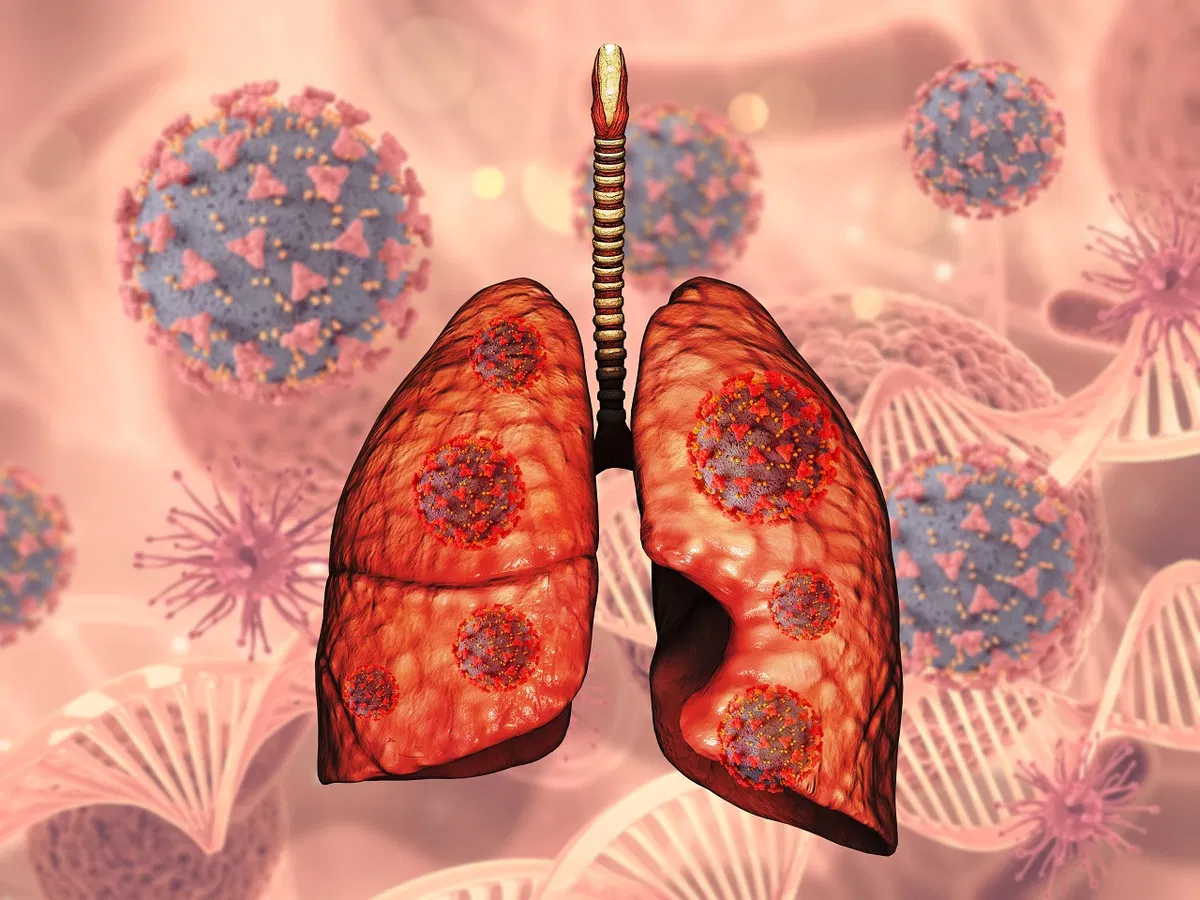Description

Disclaimer: Copyright infringement not intended.
Context
Radon is a gas, an invisible killer which is responsible for over 21,000 deaths per year, as per reports of EPA.
Details
- Radon is a colorless, odorless, and tasteless radioactive gas that occurs naturally as a result of the breakdown of uranium in soil, rock, and water.
- It is a significant health concern as prolonged exposure to elevated levels of radon can lead to serious health issues, particularly lung cancer.
Atomic and Chemical Properties
- Atomic Number and Decay: Radon has the atomic number 86 and is a member of the noble gas group. It is produced through the decay of heavier elements, primarily uranium and thorium, in the Earth's crust.
- Radioactive Isotope: The most common isotope of radon found in nature is Radon-222 (Rn-222), which undergoes alpha decay. It emits alpha particles during decay, transforming into polonium-218, part of a decay chain eventually resulting in stable lead-206.

Sources of Radon
- Uranium Decay: Radon is formed as part of the decay chain of uranium-238, which occurs in many types of rocks and soils, particularly granite and shale.
- Soil and Rock: Radon is produced from the decay of uranium, which is found in varying concentrations in soil and rocks. It seeps into buildings through cracks in the foundation, walls, floors, gaps around pipes, and other openings.
- Water: Groundwater sources can contain dissolved radon. When this water is used for activities like showering or washing dishes, radon can be released into the air.
Health Effects of Radon
- Alpha Radiation: The decay of radon and its progeny emits alpha particles, which, when inhaled, can damage the cells lining the lungs. These damages to lung tissue can lead to the development of lung cancer over time.
- Radon exposure is the second leading cause of lung cancer after smoking.
- Ionizing Radiation and Carcinogenesis: Radon decay products, upon inhalation, emit ionizing radiation energy, affecting bronchial epithelial cells. Prolonged exposure may trigger the process of carcinogenesis, leading to lung cancer.
- Smokers exposed to radon are at an even higher risk.
Radon Detection and Measurement
- Detection Methods: Radon is measured in the air using various methods, including alpha track detectors, charcoal canisters, continuous monitors, and electret ion chambers. Waterborne radon can be measured through liquid scintillation or using specific radon detectors.
- Radon Testing: Testing for radon is crucial to determine if levels are elevated in a building. Short-term and long-term tests are available. Short-term tests usually last from 2 to 90 days, while long-term tests run for more than 90 days.
- Radon Measurement Units: Radon concentration is measured in picocuries per liter of air (pCi/L). The EPA recommends action if levels reach or exceed 4 pCi/L.
- Radon Testing Importance: It is emphasized that testing indoor radon levels is vital. Levels above 148 Becquerels per cubic meter require mitigation to reduce health risks.
Radon Mitigation
- Radon Mitigation Systems: Several methods can reduce radon levels in buildings. Common systems include sub-slab depressurization (active soil depressurization), which uses pipes and fans to draw radon from below the building and vent it outside.
- Sealing Cracks and Openings: Improving the airtightness of a building's foundation and structure can help prevent radon from entering.

Conclusion
Radon exposure poses a significant health risk, and taking proactive measures such as testing, mitigation, and awareness campaigns are essential to reduce its health impacts. Regular testing and appropriate mitigation strategies can significantly lower radon levels, ensuring a safer living and working environment.
|
PRACTICE QUESTION
Q. Discuss the significance of radon as a health hazard and its impact on indoor air quality. How can measures be implemented to mitigate radon exposure? (250 Words)
|















